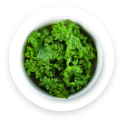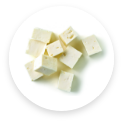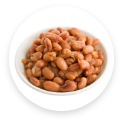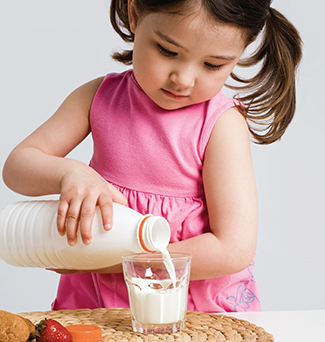Aunque parece mucho, consumir las cantidades recomendadas es más fácil de lo que imaginamos. Estas son algunas opciones ricas en calcio:
Porciones
Miligramos (mg) de calcio
Porciones

Miligramos (mg) de calcio
350
Porciones

Miligramos (mg) de calcio
350
Porciones

Miligramos (mg) de calcio
300
Porciones

Miligramos (mg) de calcio
200
Porciones

Miligramos (mg) de calcio
100
Porciones

Miligramos (mg) de calcio
65
Porciones

Miligramos (mg) de calcio
60
Porciones

Miligramos (mg) de calcio
50
Porciones


